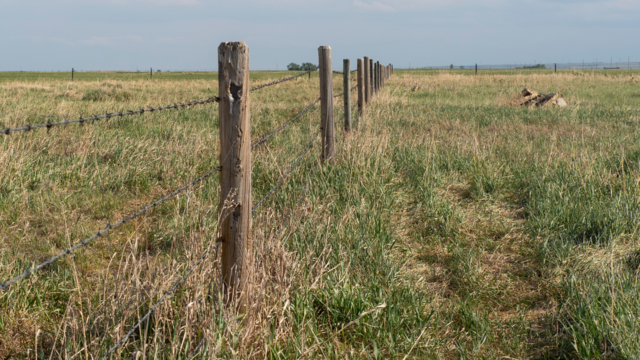What are Property Rights?

When we think of property rights, we often think of ownership. This is hardly surprising: the word “property” comes from the Latin word for ownership. But property rights can be complex and difficult to define. Proprietary interests in land include not only ownership of the title to land (known as “fee simple ownership”), but also leases, rights of way, licenses, mineral rights, and more. Some legal experts define property as a legally protected expectation to derive an advantage from some resource to the exclusion of others. Owners of land typically expect to have the full use and enjoyment of their property and to be able to develop it with minimal interference from the state or from other. Owners expect also to be able to exclude everyone else from their property and to be able to sell it to whomever they choose and on their own terms. Owning property involves a variety of rights, as well as obligations and liabilities. The scope of these rights and obligations varies from one country to the next, and even from one province to the next, depending on how the law defines and protects these rights.
In Alberta, property and property rights are governed by the common law of Canada and by statutory law. The power of the government over private property, including the power of Parliament and the provincial Legislatures to pass laws regulating private property, is limited by the Constitution of Canada and, to a lesser degree, by Canada’s international obligations (for example, the North American Free Trade Agreement).
WHAT IS THE COMMON LAW?
Canada has both “statute law” and “common law”. Statute law, as the name suggests, is legislation passed by federal parliament and the provincial and territorial legislatures. Common law is developed through the decisions of the courts. When the Alberta Court of Appeal decides a point of law, it is binding on trial courts in Alberta. When the Supreme Court of Canada – the nation’s highest court –makes a decision, it is binding on all other courts in Canada. In the Constitutional division of powers, legislators are responsible for making laws and courts are responsible for interpreting and applying the laws. If legislators are unhappy about how the courts are interpreting or applying the law, they can override them by passing new legislation or amending existing legislation. If there is a conflict between what the common law says and what a statute says, the statute takes priority. Of course, both the courts and legislators must adhere to the Constitution when they interpret or enact laws.